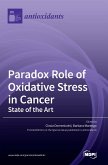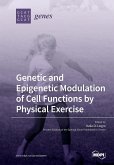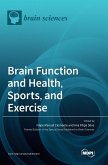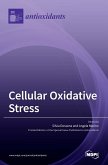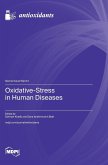Although regular moderate-intensity exercise can activate important cell adaptive properties, sporadic and strenuous bouts of exercise may induce oxidative stress due to an augmented production of reactive metabolites of oxygen (ROS) and nitrogen free radical species (RNS). Exercise-induced free radical formation may impair cell function by oxidatively modifying nucleic acids, where DNA damage and insufficient repair may lead to genomic instability. Likewise, lipid and protein damage are significant cellular events that can elicit potentially toxic perturbations in cellular homeostasis. This book focuses on aspects of exercise-induced oxidative stress while taking into consideration the basic mechanisms, consequences and function of ROS production, and whether antioxidants may either support or hinder these responses.


